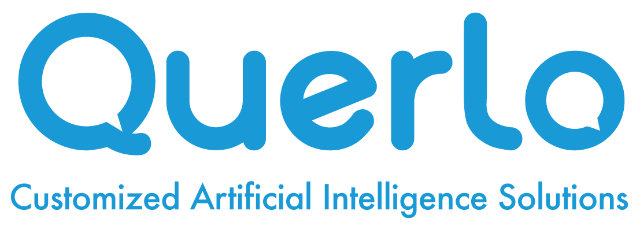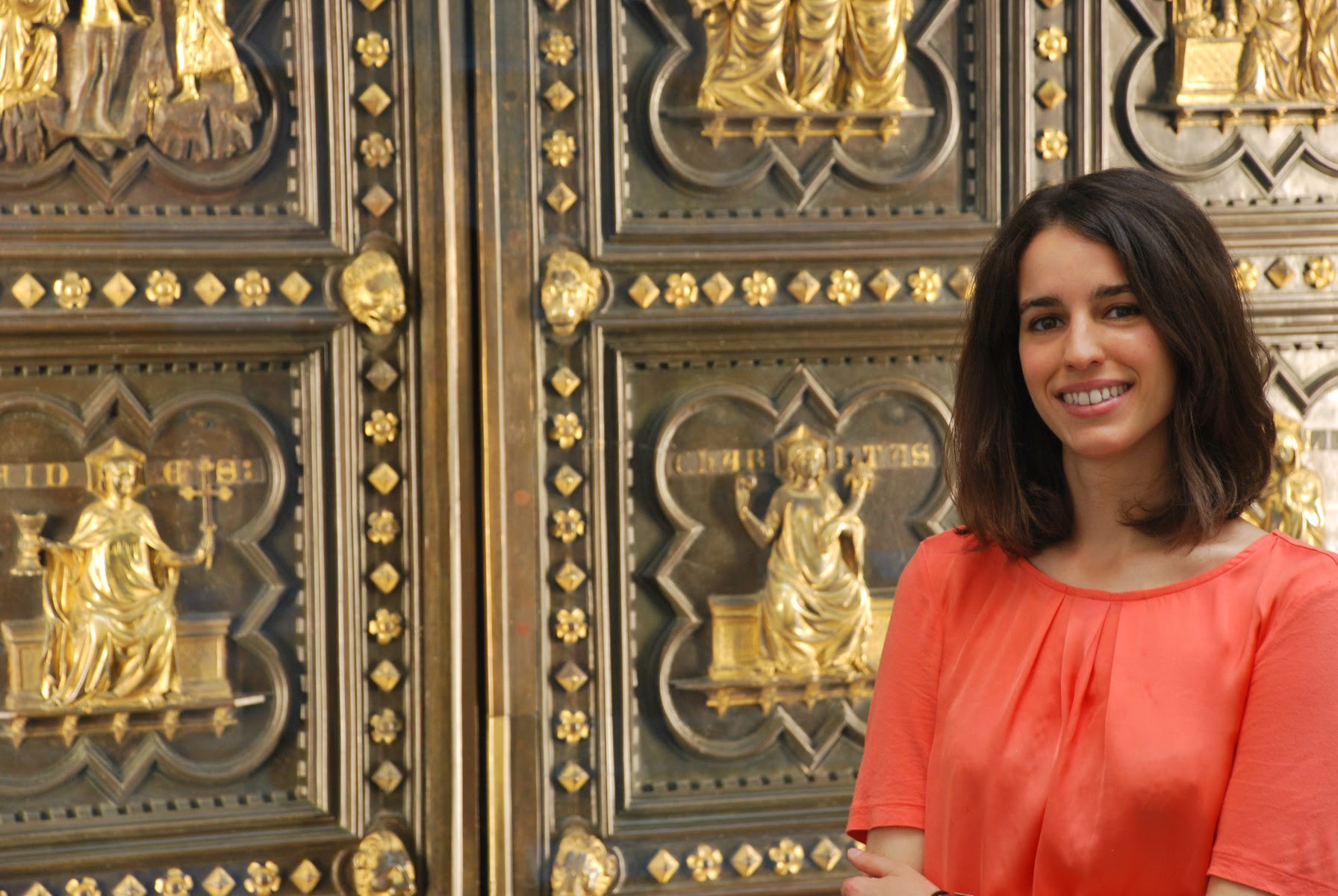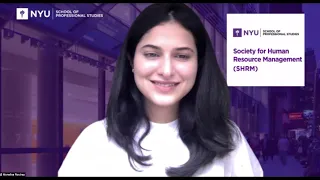“Artificial Intelligence and [direct] contact with the works of art shouldn’t replace one another but they are meant to run parallel and simultaneously,” said Monica Serrano Segui, Art Historian at the Opera di Santa Maria del Fiore, in her conversation with Francesco Rulli, Global CEO of Querlo. In the interview, Monica discussed the applications of Artificial Intelligence in the worlds of art and culture, as well as the questions she has received through the Michelangelo AI.
The Opera di Santa Maria del Fiore, located in Florence, Italy, was founded in 1296 by the Republic of Florence to oversee the construction of the new Cathedral. In 1436, the Cathedral was finally finished with the completion of Brunelleschi’s Dome, and the primary task of the Opera was to conserve the monuments. The Museum was established in 1891 to preserve works not housed inside the Cathedral.
When asked about the applications of AI in the worlds of art and culture, Monica stated that AI allows people to explore aspects of works “in a more light hearted way.” With Michelangelo, people can become familiar with the many different facets of his life that aren’t solely related to his art. AI allows us to reconstruct his life, to understand who he was as a person. Additionally, Monica noted, AI makes it possible for this information to be spread across the world, which is extremely relevant in current times since COVID-19 has prevented people from physically visiting the Opera.
Monica proceeded to share a few questions received through AI directed towards Michelangelo. These questions include “Were you a lonely person?”, “How was your salary?”, “Do you like the fact that many of your works are in museums?” and “Did you believe in God?” Not only does AI allow people to learn more about Michaelangelo and the different aspects of his life, but it also helps Monica and her team better understand the current human curiosity. Monica noted that this project both helps art lovers be in touch with art in a new and different way and also has the potential to attract those who are not normally interested in art because of how accessible this information has become.
This project has allowed Monica, her team, and people all around the world to gain a better understanding of the different historical and social aspects of Michelangelo’s life. Monica ends the interview by noting that the better you understand the world he lived in, the better you understand his art.
To learn more about Michelangelo AI, you can reach Francesco Rulli or Monica Serrano Segui through LinkedIN.




